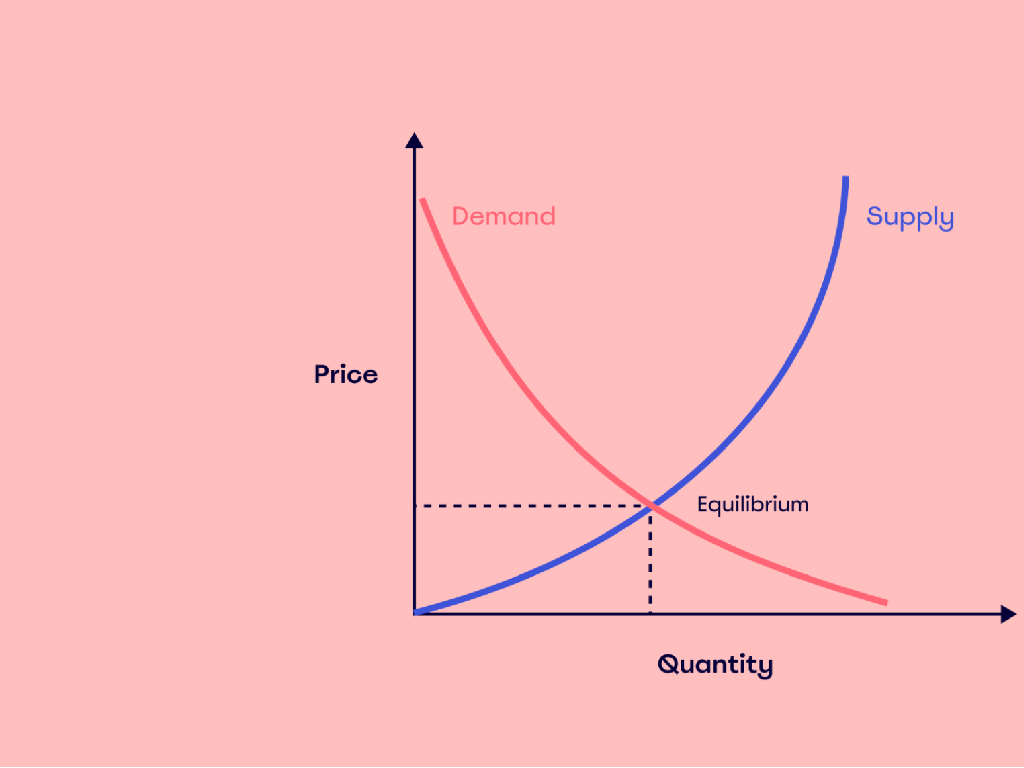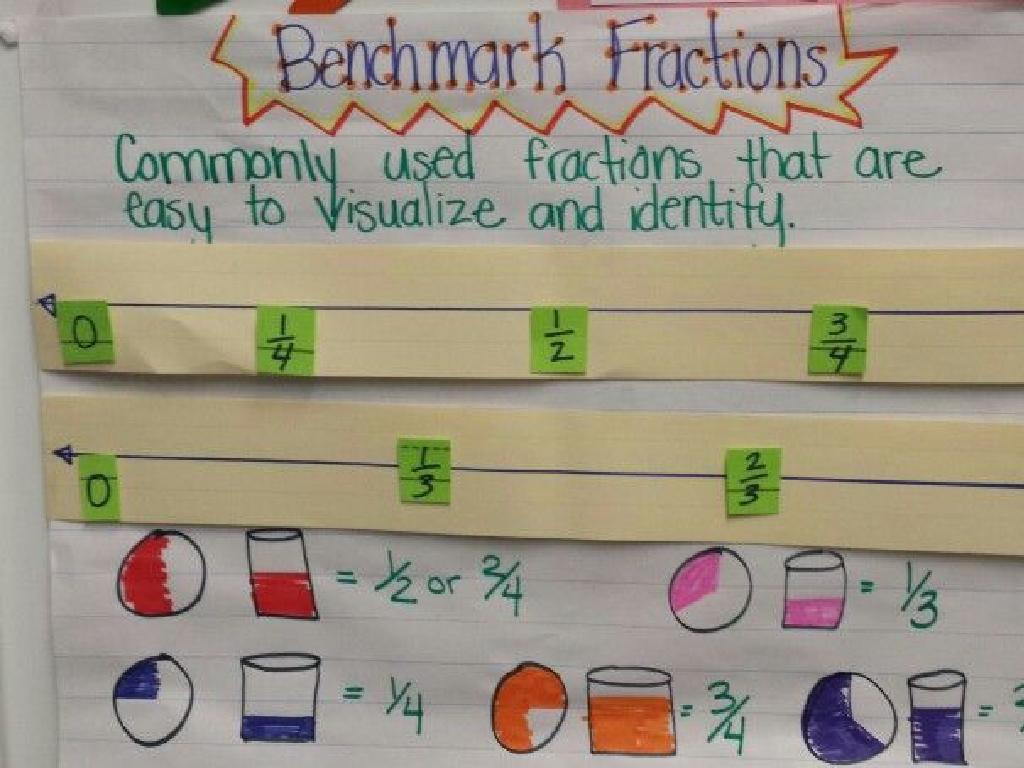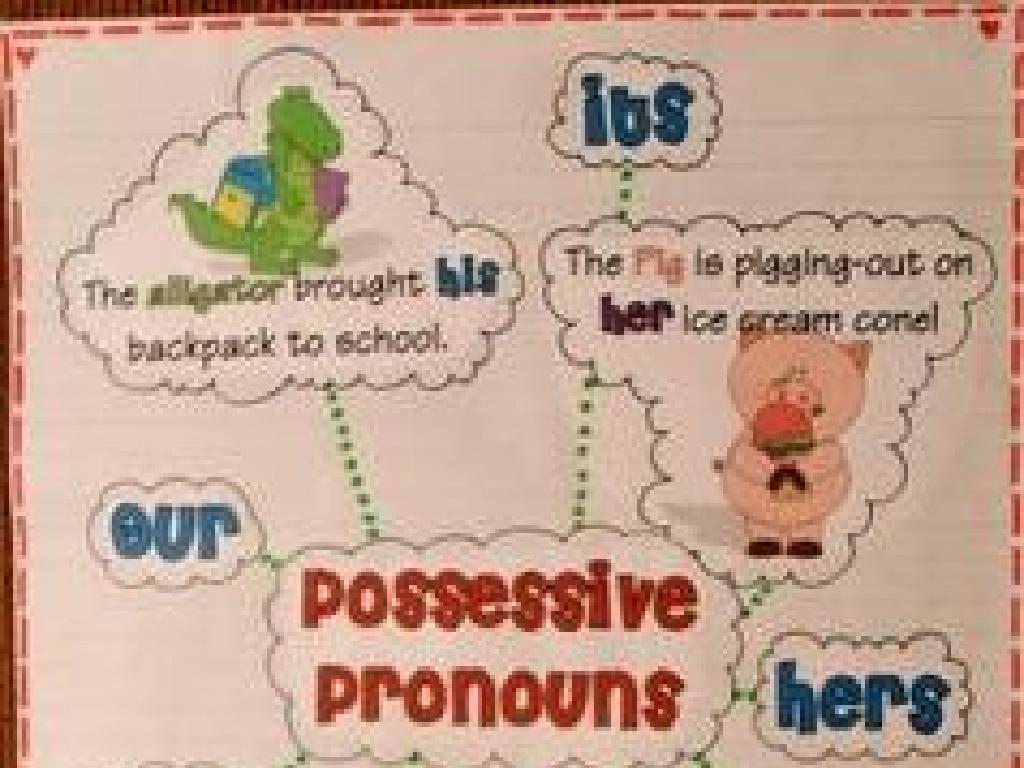Describe Tectonic Plate Boundaries Around The World
Subject: Science
Grade: Seventh grade
Topic: Earth'S Features
Please LOG IN to download the presentation. Access is available to registered users only.
View More Content
Welcome to Earth’s Features: Tectonic Plates
– Earth’s structural layers
– Earth is made up of the crust, mantle, and core.
– Crust and mantle interaction
– The crust floats on the semi-fluid upper mantle, called the asthenosphere.
– Tectonic plates explained
– Large, moving pieces of Earth’s surface.
– Significance of plate boundaries
– Boundaries affect earthquakes, volcanoes, and mountains.
|
This slide introduces students to the concept of Earth’s layers and tectonic plates, which are fundamental to understanding geological processes and features. Begin by explaining the composition of Earth, including the crust, mantle, and core, and how these layers interact. Emphasize the role of the asthenosphere in plate tectonics. Define tectonic plates as large, moving pieces of the Earth’s surface that fit together like a jigsaw puzzle. Discuss the importance of plate boundaries in shaping the Earth’s landscape and their role in causing natural phenomena such as earthquakes, volcanic eruptions, and mountain formation. Encourage students to think about how the movement of tectonic plates has shaped the geography of their own region and other parts of the world.
Types of Tectonic Plate Boundaries
– Convergent boundary movement
– Plates push together, forming mountains or causing earthquakes
– Divergent boundary movement
– Plates drift apart, creating new crust as magma rises
– Transform boundary movement
– Plates slide sideways, causing earthquakes along faults
|
This slide introduces students to the three main types of tectonic plate boundaries and their movements. Convergent boundaries occur where two plates are moving towards each other, often resulting in the formation of mountains or deep ocean trenches and can lead to powerful earthquakes. Divergent boundaries are where two plates move apart from each other, allowing magma from beneath the Earth’s surface to rise and create new crust, often seen at mid-ocean ridges or rift valleys. Transform boundaries occur where two plates slide past one another horizontally, leading to earthquakes along faults like the San Andreas Fault in California. Understanding these boundaries helps explain many of Earth’s features and natural events such as earthquakes and volcanic activity. Encourage students to think of real-world examples of each type of boundary and the features they create.
Convergent Boundaries: Earth’s Powerful Edges
– Characteristics of convergent boundaries
– Where tectonic plates move towards each other, often causing one to dive beneath the other.
– Mountains and trenches formation
– Immense pressure at these boundaries pushes the earth’s crust upwards to form mountains or downwards to form deep sea trenches.
– The Himalayas: A case study
– The Himalayas were formed by the collision of the Indian and Eurasian plates.
|
Convergent boundaries are locations where tectonic plates are moving towards each other. This movement can result in one plate sliding beneath another, a process known as subduction. The immense pressure and friction at these boundaries can lead to the formation of significant geological features such as mountains and trenches. The Himalayas, which include Mount Everest, the world’s highest peak, serve as a prime example of the monumental landscapes created by convergent boundaries. They were formed by the ongoing collision between the Indian plate and the Eurasian plate. This slide will help students visualize the dynamic nature of Earth’s crust and understand the forces that shape our planet’s topography.
Exploring Divergent Boundaries
– Characteristics of divergent boundaries
– Areas where tectonic plates move apart
– Creation of new crust
– Magma rises, cools, and forms new crust
– Formation of rift valleys
– Stretched crust sinks, creating valleys
– Example: Mid-Atlantic Ridge
– A mid-ocean ridge between diverging plates
|
Divergent boundaries are locations where tectonic plates are moving away from each other. This movement can cause magma from the mantle to rise to the surface, cool, and solidify, forming new crust. As the plates continue to diverge, the crust can become thin and stretched, leading to the development of rift valleys. The Mid-Atlantic Ridge is a prime example of a divergent boundary, where the Eurasian and North American plates are moving apart, resulting in the expansion of the Atlantic Ocean. In class, discuss the geological processes at these boundaries and show maps or diagrams of the Mid-Atlantic Ridge to provide a clear visual representation. Encourage students to think about how these boundaries shape the Earth’s surface over time.
Transform Boundaries: Earth’s Shifting Plates
– Characteristics of transform boundaries
– Areas where tectonic plates slide sideways past each other
– Earthquakes at transform boundaries
– Sudden movements can cause earthquakes along these boundaries
– The San Andreas Fault example
– A well-known transform boundary located in California
|
Transform boundaries are places where tectonic plates move horizontally past one another. This slide focuses on the features of transform boundaries, such as the presence of linear valleys, and shallow earthquakes that often occur when the plates grind against each other. The San Andreas Fault is a prime example of a transform boundary, where the Pacific Plate and the North American Plate meet. It’s responsible for significant seismic activity in California. When teaching this slide, emphasize the role of transform boundaries in the dynamic nature of Earth’s crust and how they contribute to earthquakes. Provide visuals of the San Andreas Fault and discuss the impact of its seismic activity on the area.
Effects of Tectonic Plate Movement
– Plate movement shapes Earth’s surface
– Movement can create mountains, valleys, and volcanoes
– Tectonics linked to natural disasters
– Earthquakes and tsunamis are often caused by plate interactions
– Geological features formed over time
– Landforms like the Himalayas were formed by plates colliding over millions of years
|
This slide aims to explain the dynamic nature of Earth’s surface, influenced by the movement of tectonic plates. Students should understand that the Earth’s lithosphere is divided into plates that move, which can lead to the formation of various landforms and contribute to seismic activity. Emphasize the connection between plate tectonics and natural disasters such as earthquakes and tsunamis, helping students to recognize the power and impact of these natural processes. Discuss the slow but significant changes in the Earth’s geography, using the Himalayas as a prime example of mountain formation due to plate collision. Encourage students to think about how these massive forces have shaped the world they live in.
Mapping Tectonic Plate Boundaries
– Identify plate boundaries on a map
– Activity: Map plate boundaries
– Use a world map to trace the major plate boundaries
– Correlate boundaries with earthquakes
– Discuss how boundaries are zones of seismic activity
– Link plate boundaries to volcanoes
– Understand that most volcanoes form along these boundaries
|
This slide introduces the concept of tectonic plate boundaries and their significance in understanding geological phenomena such as earthquakes and volcanoes. Start by showing a world map and pointing out the different types of plate boundaries: divergent, convergent, and transform. For the activity, provide students with maps and markers to trace the boundaries themselves, which will help reinforce their learning. Discuss how the movement of tectonic plates at these boundaries can lead to earthquakes, as the plates may grind against each other, causing tremors. Additionally, explain that volcanoes are commonly found along these boundaries due to the movement of magma from the Earth’s mantle to the surface. This interactive session will help students visualize and better grasp the relationship between plate tectonics and Earth’s topographical features.
Class Activity: Model Plate Boundaries
– Craft tectonic plates with clay
– Simulate various plate boundaries
– Demonstrate convergent, divergent, and transform boundaries
– Observe the resulting features
– Look for mountains, rifts, and faults
– Discuss observations with the class
|
This hands-on activity is designed to help students understand the concept of tectonic plate boundaries by creating a physical model. Provide students with clay to model the Earth’s plates and then guide them to simulate the movements of tectonic plates at different types of boundaries: convergent (plates moving towards each other), divergent (plates moving apart), and transform (plates sliding past one another). As they manipulate the clay models, students should observe the features that form, such as mountain ranges at convergent boundaries, rift valleys at divergent boundaries, and faults at transform boundaries. Encourage students to describe what they see and share their findings with the class to foster a collaborative learning environment. Possible activities for different students could include focusing on specific boundary types, comparing landforms created by different boundaries, or predicting geological events based on plate movements.
Tectonic Plate Boundaries: Conclusion & Recap
– Review plate boundary features
– Convergent, divergent, transform: different movements and results
– Earth’s dynamic nature
– Earth’s surface is constantly changing due to plate tectonics
– Engage in Q&A session
– Summarize key learnings
– Recap the types of boundaries and their effects on Earth’s landscape
|
As we conclude, revisit the three types of plate boundaries: convergent, divergent, and transform, emphasizing their distinctive features and the geological activity associated with each. Highlight the concept that our planet is dynamic, with a surface reshaped by the movement of tectonic plates over time. Encourage students to ask questions to clear up any confusion about the material covered. Use this opportunity to assess understanding and reinforce key concepts. Summarize the session by reviewing the impact of plate tectonics on Earth’s features, such as the formation of mountains, earthquakes, and volcanic activity.






